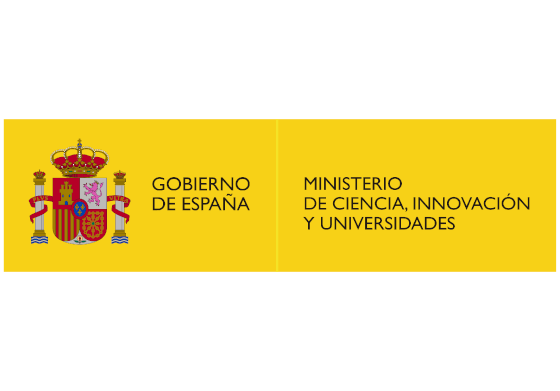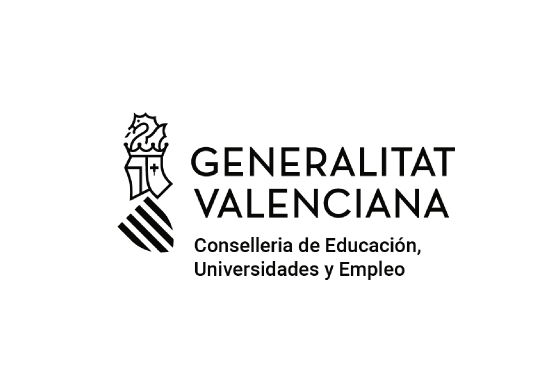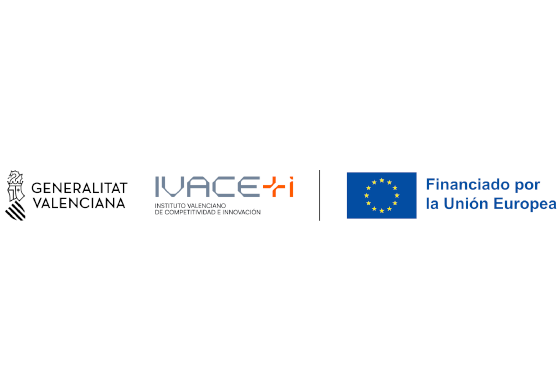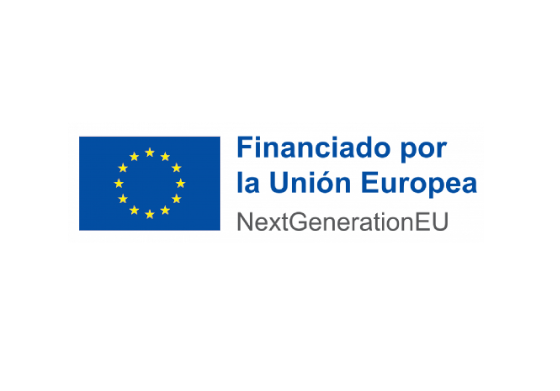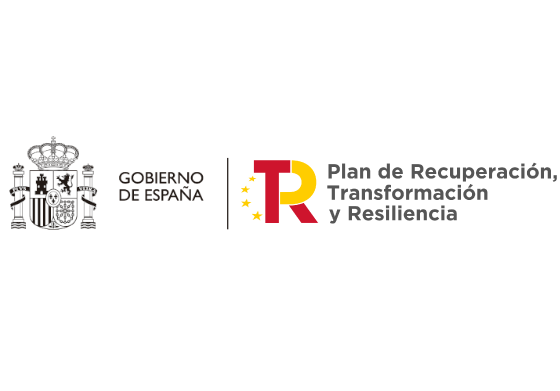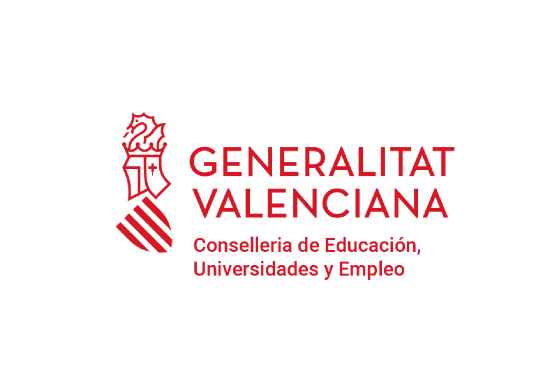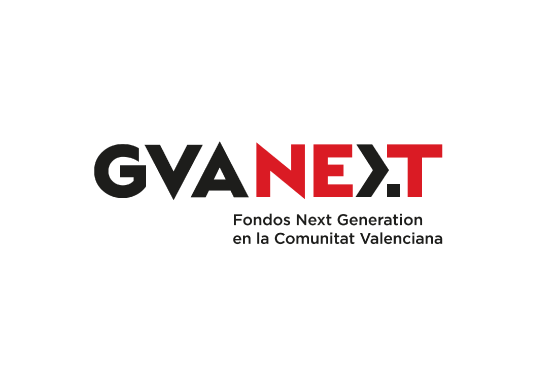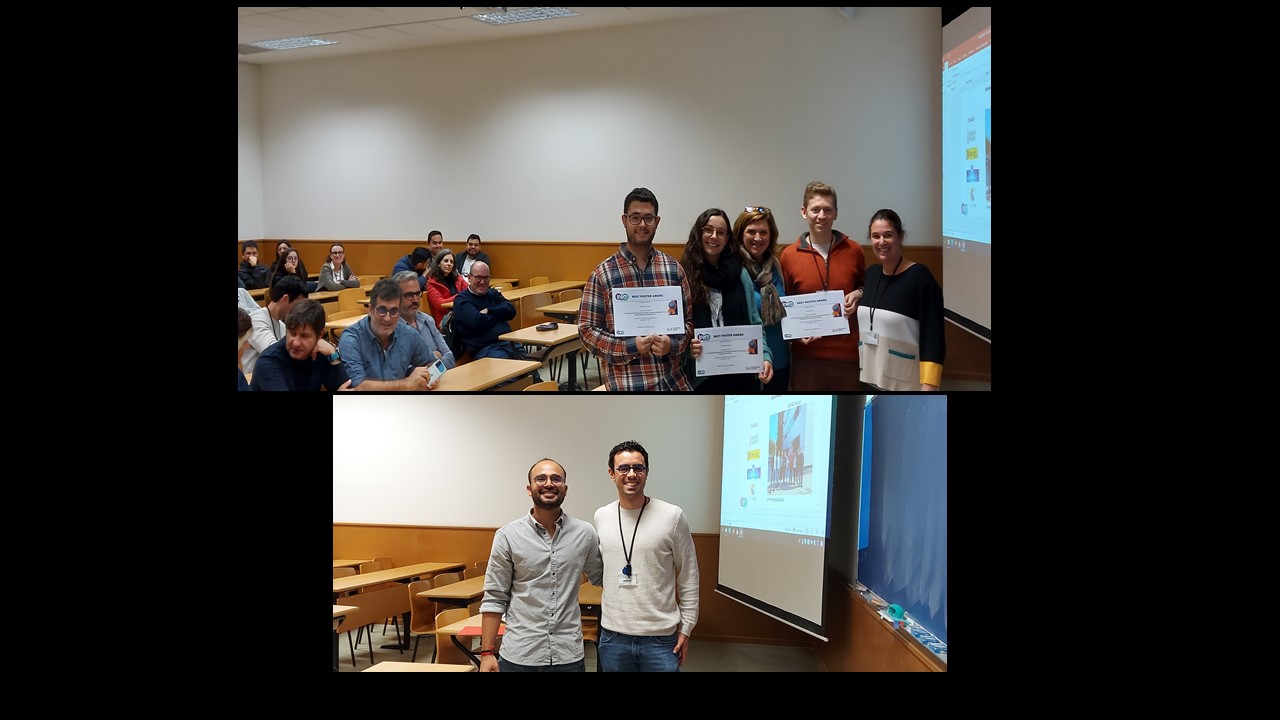
INAM held the last seminar this year November the 24th with the participation of reseachers who won the poster prize at the Annual Symposium organised by INAM November the 7th.
First of all, we had the pleasure to hear Laura Ibáñez who spoke about her poster with the title "Acceptorless Dehydrogenation of N-heterocycles Catalyzed by a Visible Light Assisted Iridium Complex". Her work describes the synthesis and catalytic performance of a standalone iridium (III) complex towards the visible light assisted acceptorless dehydrogenation of N-heterocycles and the thermal reverse reaction.
Secondly researcher Patricio Serafini spoke of his poster entitled "Photonic Processing of MAPbI3 Films by Flash Annealing and Rapid Growth for High-Performance Perovskite Solar Cells". he explained that hos research group employs flash infrared annealing (FIRA) to control the processing method in order to alleviate defects and the related recombination in methylammonium lead iodide (MAPbI3 ) perovskite using a single heating pulse obtaining uniform grain domains optically observed and mapped.
Thirdly, Christian Robles Peris gave a presentation of his poster with the title "Synthesis of BiVO4 Nanoparticles through a Continuous Flow System for Up-Scalable Photoelectrochemical Devices". He showed that scaling-up chemical procedures for the production of semiconductor nanoparticles (NPs) from batch processes to an industrial relevant scale is not easy, since the media conditions at laboratory are not always compatible with the large scale systems. Here, we show, for the first time, the preparation of BiVO4 NPs as a semiconductor material to be used as photoanode in large-area photoelectrochemical devices by using a simple continuous flow system.
Finally, Dr. Ernest Pastor gave a lecture entitled "Disorder in Chemistry: from job applications to reaction selectivity". In this talk he discussed the universality of disorder in Chemistry and its impact from dictating reaction selectivity to controlling the fate of academic job applications.
During the first part of his talk, he provided an overview of my personal experience trying to secure a job in academia: from applying to fellowships and grants to interviewing for tenure-tracks position. He highlighted some of the hurdles that her encountered and discuss some tips that can, potentially, would be useful for students and postdocs applying in the future. In the second part of his talk, I dived into some recent research and discuss the many different shapes and forms in which disorder can emerge in heterogeneous catalytic systems. In particular, he focused on the formation of electronic defects and structural reconstructions during catalytic operations and potential routes to use disorder in our favour

